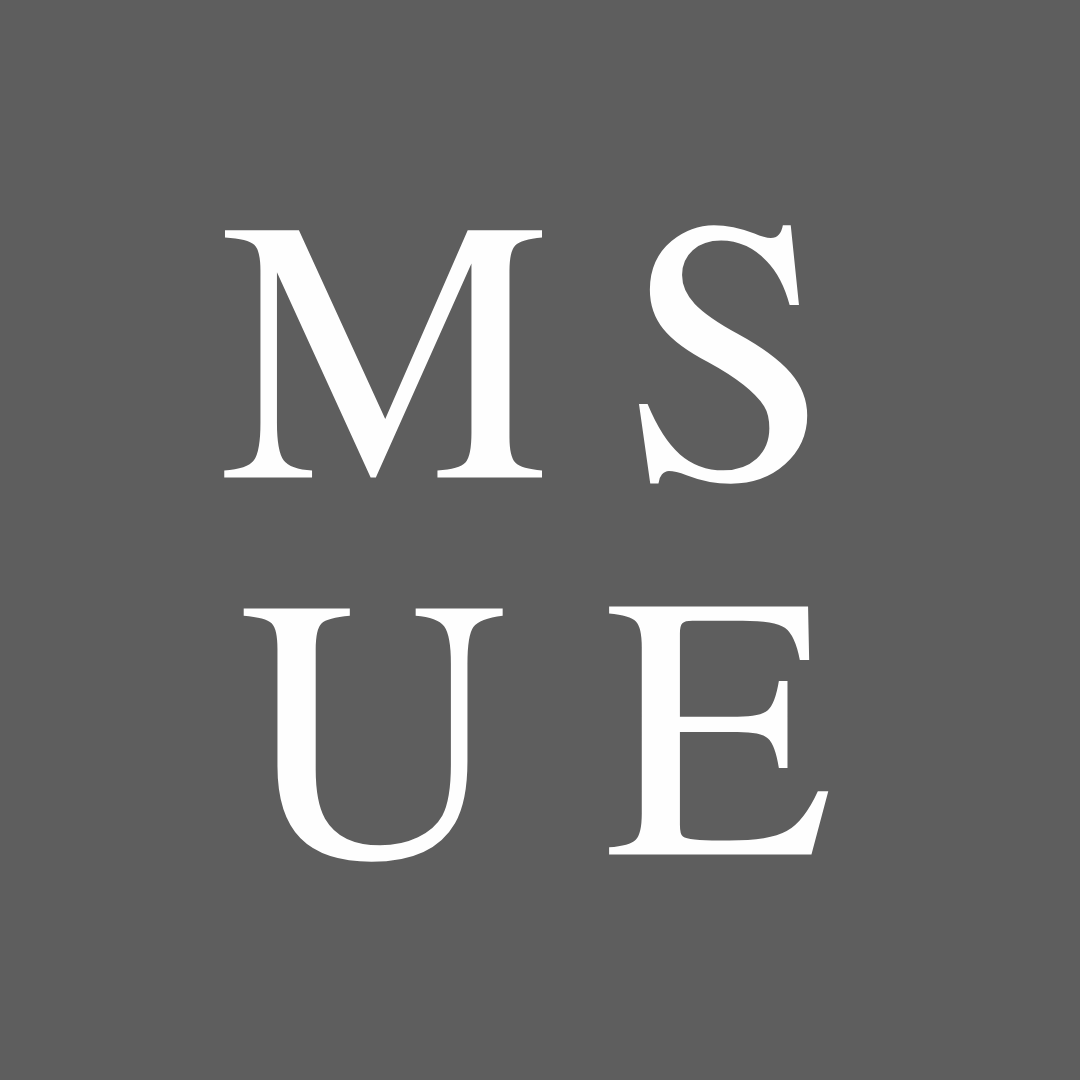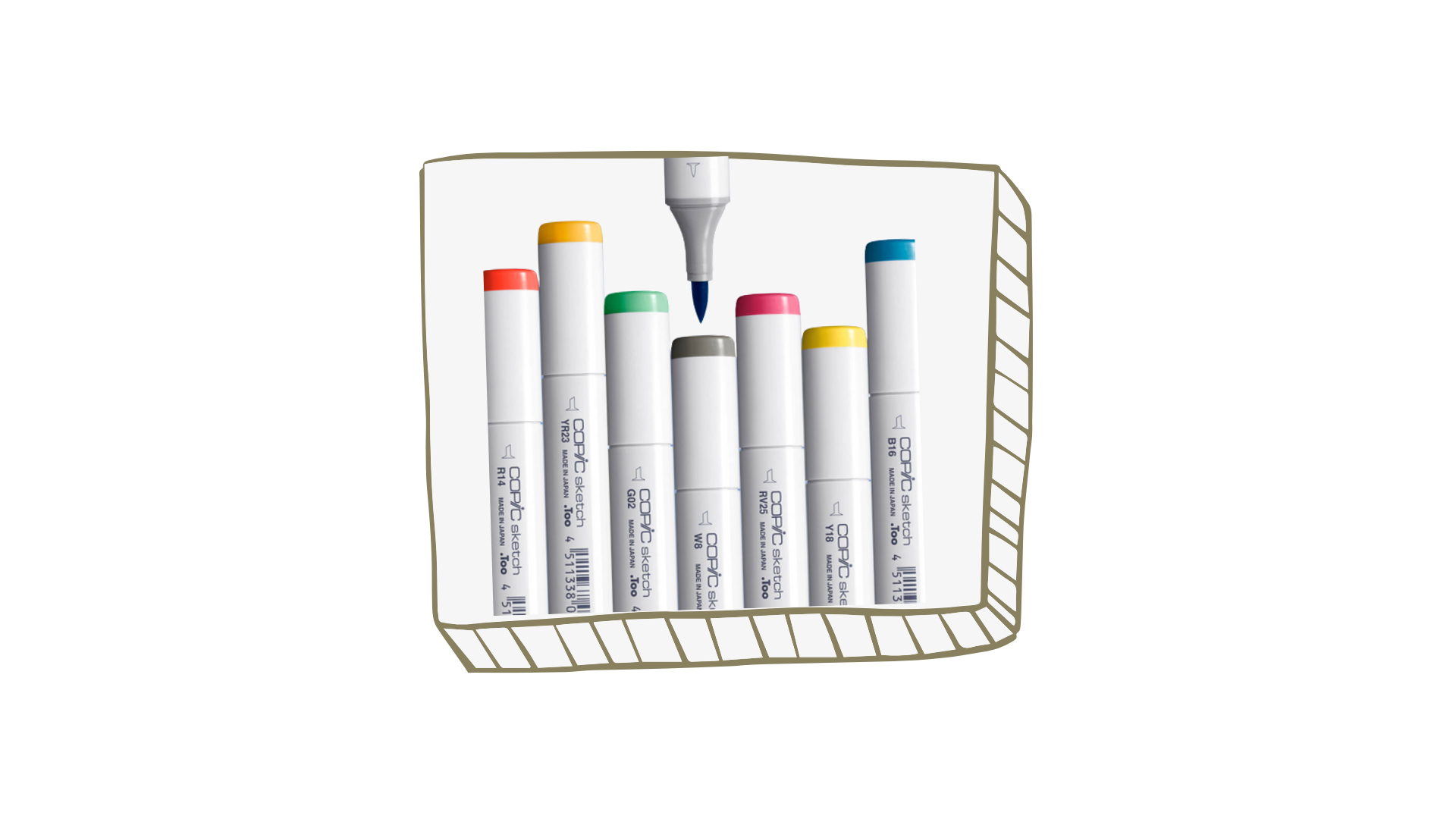

Art is an extremely intimidating field to start out in, with thousands of different styles, applications, and techniques to explore. When art materials are added into the mix, it only becomes more convoluted: hundreds of brands, alternatives, price ranges, quality levels, materials—where should an artist start?
There is a huge misconception in the art world that expensive, luxury products are needed to make art worth sharing. This can turn many beginners away, as the prices of these “necessary” materials are often too out-of-budget, and these products often add to the already overwhelming experience of taking up and learning how to create art. Are seventy-dollar twelve-pack marker sets or a hundred-dollar pencil set required to begin your art journey? Absolutely not!
The fact of the matter is that artistic skill is not dependent on how much money you can blow on a fancy pen or a gaudy paint set. Creating art does not need to be its own financial gesture—you can easily use much cheaper alternatives without sacrificing the quality of a piece. These alternatives can be especially useful to someone who is just starting out.

The only thing you truly need to start drawing is a pencil and a piece of paper. The simplicity of it is easy to overlook and overcomplicate—but really, the first step in art is picking up any old pencil and putting it to use. I personally recommend using a mechanical pencil, because it is easier to achieve finer lines and smaller details.

One of my favorite art materials I’ve ever used in my own art can be found in any house’s junk drawer or any general store: a ballpoint pen.
These pens are not just a cheap alternative to more expensive drawing pens and fine liners, but they can help develop certain art techniques, too! Many art classes make their students sketch and create final pieces in ballpoint pen—its potential to create a variety of values can teach about texture and shadow, and its inability to be erased teaches artists how to improvise in their art pieces. So whether you’re a beginner or someone who has been using professional art tools for years, using a ballpoint pen can be a great form of practice!
Braelyn Daily | Drawing
Braelyn Daily | Drawing

Copic is one of the most well-known marker brands in the art world, but they are also known to be one of the most expensive. An individual Copic marker can retail for about $5-8, and a twelve-pack retails from about $60-80 depending on the store and the version of the marker. Often, these prices are completely out of an artist’s budget.
Image | Copic
Ohuhu is a brand that creates alcohol-based markers very similar in design to Copic markers. However, these markers come to less than a dollar per marker, rather than $5-8! These markers have the ability to blend and lay down color very well—although they are not as high quality as Copic markers, I would highly recommend starting with a cheaper brand like Ohuhu if you are experimenting with learning how to use markers as an art medium.
Image | Ohuhu

Photoshop is a service provided by Adobe, with photo-editing features and in-depth tools for creating art. The subscription service for this program is unfortunately very high, coming in at about $20.99/month! Photoshop also has a notorious learning curve, so it is not the most friendly program for beginner digital artists.
If you happen to own an Apple iPad or iPhone product, Procreate could be an amazing option for digital art. With only a one-time purchase of 9.99 in the Apple App Store, an artist can gain access to a plethora of different brushes, tools, and editing options to create digital masterpieces.
Krita is a completely free drawing service available on any laptop or desktop! Although there are limited options for photo editing, this program provides tons of in-program brushes and tools and provides an easy-to-navigate interface. This program would be amazing for beginners looking to dip their toes into the world of digital art programs!

I do not want to denote these more expensive, professional-grade products and brands. They often produce items of the utmost quality and can be extremely efficient in creating gorgeous pieces of art—but they are by no means required. With a little more time, patience, and skill, these cheaper alternatives can transform an equally professional, gorgeous art piece. For beginners, these cheaper materials can be utilized to create a strong foundation for using more expensive products in the future!
Web Page Design by BRAELYN DAILY



















